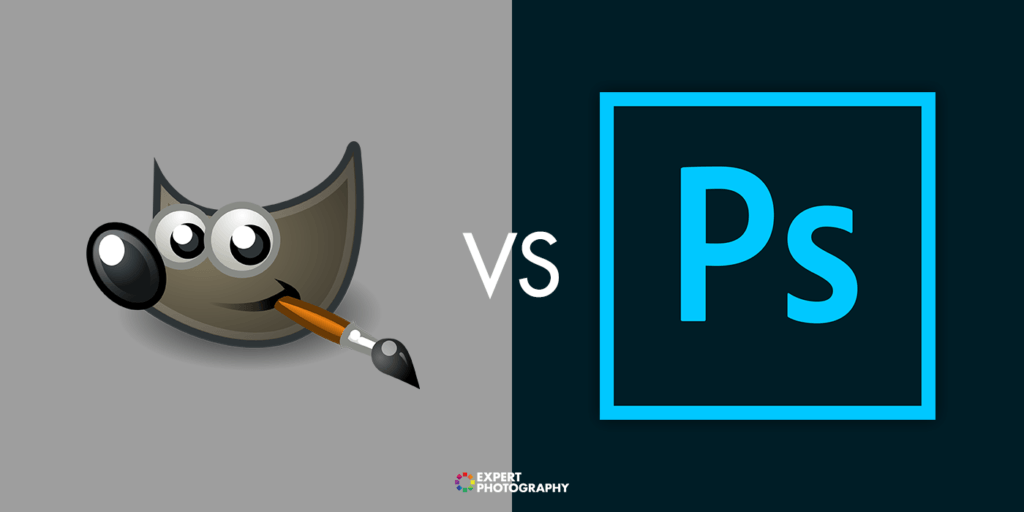
On the other hand, it is a major drawback.
GIMP VS PHOTOSHOP LAYERS LICENSE
On the one hand, this is an advantage for users because they can save on license fees. Unlike PS, it is open source and distributed for free. Why is this the case? The answer is obvious: like Photoshop, GIMP (or GNU Image Manipulation Program) is an image processing app.
GIMP VS PHOTOSHOP LAYERS SOFTWARE
This software is often considered a "GIMP vs. Professionals worldwide use this editing program as the industry standard for working with photos and drawings. Photoshop offers its users to try out the power of artificial intelligence, edit images without making changes to its original version, create layouts for web design and branding, and much more. Now users can find all the functionality they need in one app: from simple retouching to creating complex 3D projects. While previously there were two versions of the app – basic and advanced – with the release of Photoshop CC, all the editor's features have been combined in one digital space.

This digital product has a huge number of options and tools. However, you can run some versions of Photoshop on Linux using Wine software. The app is supported on the Microsoft Windows platform and the operating system of Apple Inc. As a bonus, this program also has some vector image processing capabilities.Īdobe Systems, a major software developer from the United States, created this technological solution. Photoshop is a photo editing software recognized as the market leader in commercial tools for working with bitmap graphics. In this article, we will discuss the digital solution GIMP, designed to work with graphics, and answer the question: is GIMP a good alternative to Photoshop? However, there is also other software that is endowed with similar functionality. Because of this, it can meet users' needs with any level of training. This is because the app has been on the market for a long time and has plenty of features.

The first program you associate all these tasks with is Adobe Photoshop (PS). Among them are fixing image defects, preparing photos for publication, creating infographics or entire website layouts, and more. There are dozens of reasons why you might need a graphics editor.


 0 kommentar(er)
0 kommentar(er)
